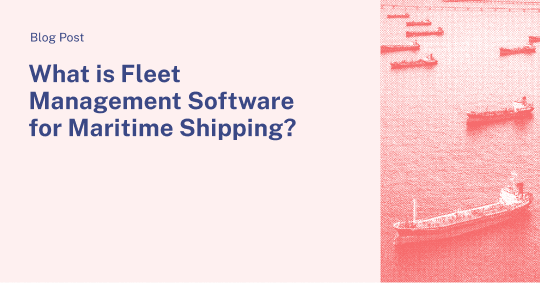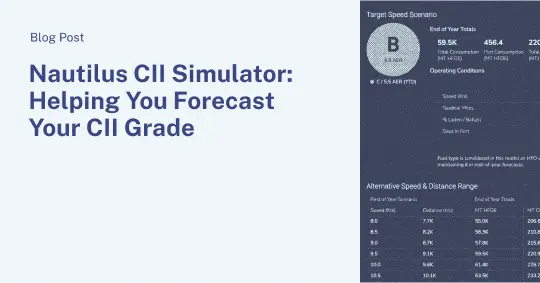I recently attended the Maritime Risk Symposium at SUNY Maritime College, New York. It was the first maritime industry event I was able to visit since joining Nautilus Labs.
The Symposium was hosted by the State University of New York Maritime College, in collaboration with the National Academy of Sciences, industry partners, and Federal, State, and local agencies. The venue was filled by academics, government, and commercial entities to discuss the current and future challenges in marine transportation.
While the presenters characterized how much the maritime industry has been starved for technological advancements, they were also wary of the potential risks that come with welcoming new, shiny, or strange tools and methods that could dramatically alter their businesses. However, they indicated that the shipping industry is at a point of inflection, where tech adoption may outpace its ability to foresee and adequately prepare for the added risks that such advancements will carry with them.
In thinking about these risks, a number of the MRS attendees referenced how the maritime industry could model itself after Finance, and how that industry has been able to adapt to a similar risk/reward equation. It was a natural angle of exploration for myself and some of my colleagues who come from that adjacent space (Stifel, Nasdaq, Credit Suisse, and others).
As with Maritime, Finance is one of the oldest and most influential industries in the world. (Look no further than Lloyd’s of London to see an example of ancient and common history.) Their status and positioning have enabled both to grow using the legacy technology and processes that have been in place for decades. What both these industries have now, however, is a specific call-to-action to keep pace with tech, make more precise decisions, and do so with greater transparency—even if their current business models don’t necessarily enable building critical in-house advancements. One thing is clear for both Finance and Maritime: processing massive quantities of data to derive competitive and transparent insights is central to improving decision-making at all levels of an organization.
Big data exists for a reason; it is the collection of choices and behaviors—a detailed track record of causes and effects. It is the answer to the risk/reward equation that some at MRS and the industry at-large have expressed trepidation over.
Studying and manipulating the relationships between simple and complex datasets enables us to review our own decision-making capabilities and allows us to inspect how we can best optimize our strategies, tasks, and businesses. And better big data empowers us, as users, to make more educated predictions and choices. Just as investors are tasked to make decisions with data that impact their clients’ returns, we in the maritime industry are faced every day with using data to make operating decisions that impact not only bottom lines, but the safety of those aboard our client vessels. Understanding that on a high level is the easy part. The question we all need to answer is: how do we get the most valuable data, and once we have it, how do we unlock that value?


